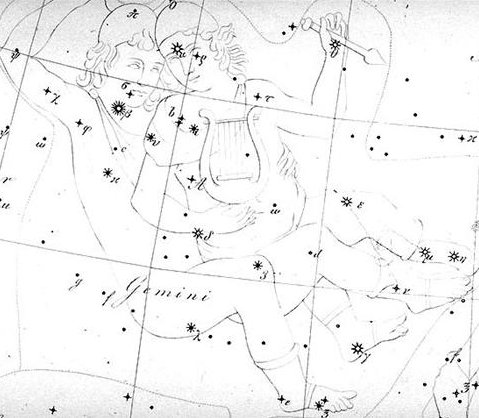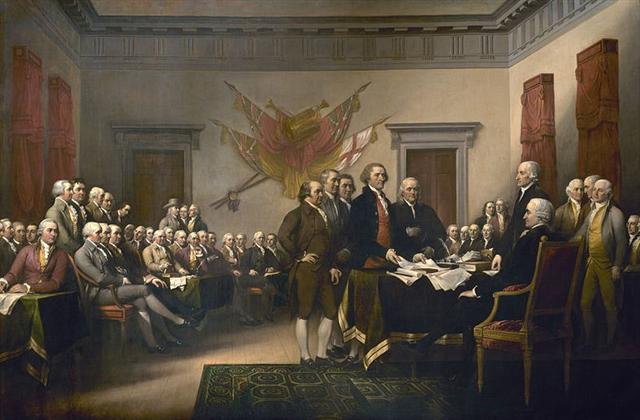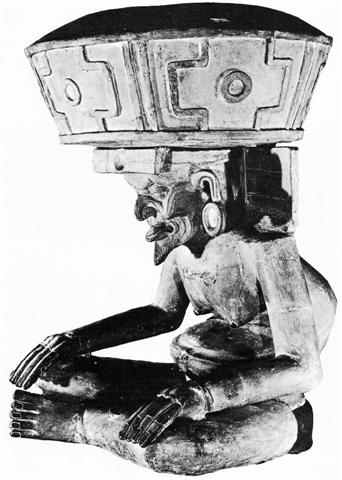2. I have suggested the idea of 'dry land' corresponds to summer and the idea of 'sea' to winter. For people south of the equator the curve at the end of the Scorpion's tail could illustrate a fish-hook, the hook which explains why a 'fish' can be drawn up from 'sea' and become 'land'. ... The fish came near the surface then, so that Maui's line was slack for a moment, and he shouted to it not to get tangled. But then the fish plunged down again, all the way to the bottom. And Maui had to strain, and haul away again. And at the height of all this excitement his belt worked loose, and his maro fell off and he had to kick it from his feet. He had to do the rest with nothing on. The brothers of Maui sat trembling in the middle of the canoe, fearing for their lives. For now the water was frothing and heaving, and great hot bubbles were coming up, and steam, and Maui was chanting the incantation called Hiki, which makes heavy weights light. At length there appeared beside them the gable and thatched roof of the house of Tonganui, and not only the house, but a huge piece of the land attached to it. The brothers wailed, and beat their heads, as they saw that Maui had fished up land, Te Ika a Maui, the fish of Maui. And there were houses on it, and fires burning, and people going about their daily tasks. Then Maui hitched his line round one of the paddles laid under a pair of thwarts, and picked up his maro, and put it on again ... But in the G text we saw the hakaturou type of glyph - which seems to illustrate a fish-hook - not in the 18th hour but much earlier, close to the end of the 7th right ascension hour:
This fact must be explained. The stars ω Gemini and Vega (and also the twins Castor and Pollux) were discussed in the Nabla chapter: 
I wrote: The signs are promising, but we have to wait until we arrive at the end of side a for the 'proof' we hope to find. Possibly we have arrived there now. The glyph number at Ga2-11 is 42 (counted from Gb8-30) and the day number from 'January 1 is 80 + 42 + 63 = 185: "July 4 is the 185th day of the year (186th in leap years) in the Gregorian calendar. There are 180 days remaining until the end of the year. The Aphelion, the point in the year when the Earth is farthest from the Sun, occurs around this date." (Wikipedia) Perhaps, I thought, the time of aphelion - when Sun can be imagined as deep down, far away as in the sea of winter (especially if you live south of the equator) - the appropriate glyph could be an illustration of the fish-hook of Maui, by means of which he will draw Sun back and create summer. When searching in Wikipedia for the date July 4 an obvious item was the following: "The Declaration of Independence is a statement adopted by the Continental Congress on July 4, 1776, which announced that the thirteen [13] American colonies, then at war with Great Britain, regarded themselves as independent states, and no longer a part of the British Empire ..." (Wikipedia)
It might be argued that from 1776 to the time I have suggested for the G text the precession of the equinoxes must have moved ω Gemini ahead with at least, (1870 - 1776) / 72 = ca 1.3 days, and that the date of the Declaration of Independence just by coincidence happens to be July 4. However, the aphelion is moving ahead in the year with approximately the same speed as the stars: "... Currently, the annual perihelion happens at about 14 days after the December Solstice, thus on or about January 4. At perihelion, the Earth is about ... 147,098,070 kilometers ... from the Sun. (The eccentricity of the orbit also varies slowly over many millennia.) Likewise, the annual aphelion currently occurs in early July, about 14 days after the June Solstice. At this time, the distance of the aphelion is currently about ... 152,097,700 kilometers ... On a very long time scale, the dates of the perihelion and of the aphelion progress through the seasons, and they make one complete cycle in 22,000 to 26,000 years ..." (Wikipedia) Thus the aphelion and ω Gemini (and all the other stars) are seemingly moving ahead (in relation to the backward movement of e.g. spring equinox north of the equator). It is as if the stars and the 'helions' are going forward hand in hand, and the date July 4 (the current aphelion day) would in 1776 have corresponded to (as a first approximation) July 1:
(2013 - 1776) / 72 = ca 3.3 days. Compared to the time of G the difference would be around 2.3 days. In 1870 e.g. Alhena (γ Gemini) would have risen heliacally in 'July 3 (not as today in July 4) and this could have been the day of aphelion. Once, a long time ago, Gemini announced the return of summer at spring equinox (north of the equator), but nowadays Gemini can be said to tell about the return of Sun from aphelion (half a month from the solstice). In 1776 the aphelion day ought to have been a pair of days earlier, around July 1. However, 1776 was a leap year (1776 / 4 = 444) and aphelion would therefore have been around June 30. July 4 would have been day 186 instead of the normal 185. Maybe Antares, depicted as a mago in Ga7-16, has position 186 in the text only in leap years. A 'new land' was 'born' by the Declaration of Independence, it was drawn up (like the Declaration itself) in July 4 (day number 186 because it was a leap year). In 1776 this date was when Antares had reached day 36 on his way to the midnight culmination in day 40 (counted beyond day 150 from January 1):
366 - 327 = 39 and 39 + 190 = 229. Notably my 'leap day' is not the difference between 366 and 365 but the difference between 365 and 364. A new 'fire baby' must be ignited by Saturn (though I do not know if the relevant date in 1776 really was a Saturday):
Could the sitting figure in Ga2-15 illustrate the humpback curve of the old man at the bottom of the sea? My rambling imagination is not totally without support: "From the outset, Americans celebrated independence on July 4, the date shown on the much-publicized Declaration of Independence, rather than on July 2, the date the resolution of independence was approved in a closed session of Congress. Historians have long disputed whether Congress actually signed the Declaration of Independence on July 4, even though Thomas Jefferson, John Adams, and Benjamin Franklin all later wrote that they had signed it on that day. Most historians have concluded that the Declaration was signed nearly a month after its adoption, on August 2, 1776, and not on July 4 as is commonly believed ..." (Wikipedia) With Benjamin Franklin on board the date would certainly not have been arbitrary. July 2 would have been day 184 in the year. August 2 would have been day 215 (not the normal 214 because 1776 was a leap year). Number 214 resembles Ga2-14, where Antares was culminating at midnight. 215 - 184 = 31 (the number of days in July). With the date July 4 the number of days to August 2 was 215 - 186 = 29. It is hard to avoid associating to the tresses of Pachamama. She has 185½ + 214½ = 399 + 1 'knots' in her tresses. It suggests Sun has a 'year' with slightly more than 185 days and Moon a 'year' with slightly more than 214 nights. My calculations, though, are not of much value per se, because the dates for the 'helions' wobble:
In such circumstances the magic of numbers surely will take over. | ||||||||||||||||||||||||||||||||||||||||||||||||||||||||||||||||||||||||||||||||||||||||||||||||||||||||||||||||||||||||||||||||||||||||||||||||||||||||||||||||||||||||||||||||||||||||||||||||||||||||||||||||||||||||






